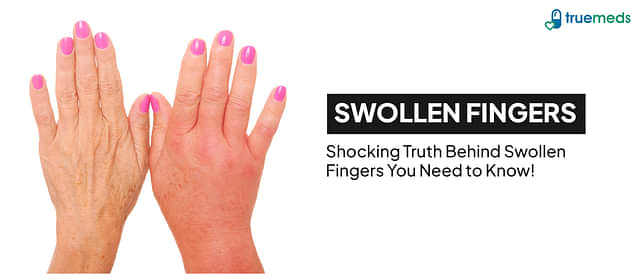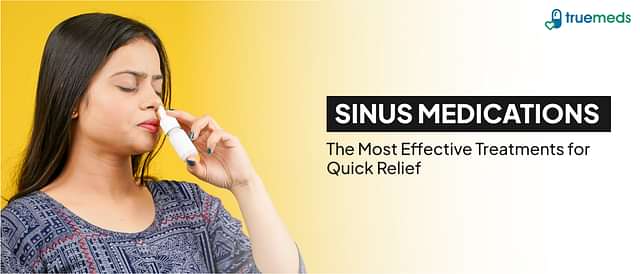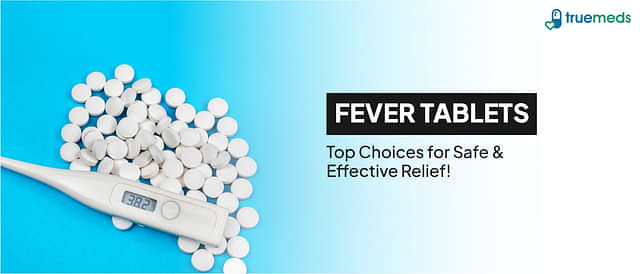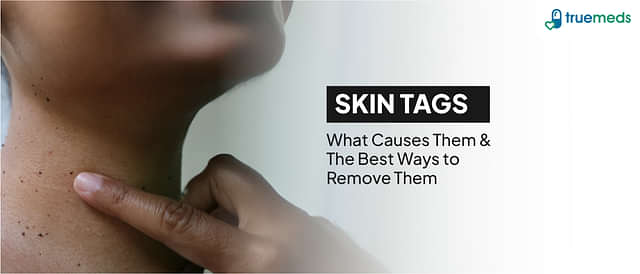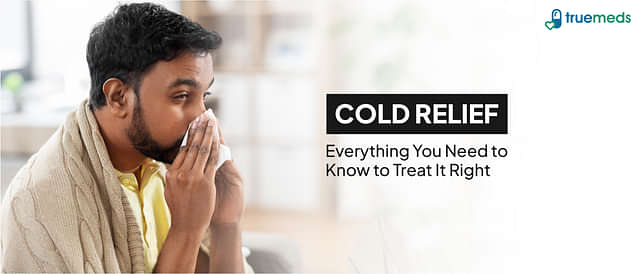Athletes foot- A fungal skin infection
Last updated on : 12 May, 2025
Read time : 6 min
An athlete’s foot is a common condition affecting many people. An athlete’s foot is a fungal infection of the feet or a fungal infection between the toes. Athletes’ foot means that it affects people whose feet are damp and sweaty, which is common in athletes. Tinea pedis, foot ringworm, and foot fungus are medical terms. Tinea infections are another name for fungus-related skin conditions. Generally, lotions bought from the drugstore work well to treat an athlete’s foot. Keep your feet dry if you want to avoid getting an athlete’s foot in the first place.
Causes of Athlete’s foot
Fungi that infect the skin mainly cause athlete’s foot (dermatophytes). They can get into the top layer of skin through small cuts or cracks.
The fungi can spread by either direct skin contact or coming into contact with skin flakes. This could happen if you step on infected skin flakes in a public shower, for example. The same fungi can also result in fungal infections of the nails.
Moisture and heat are required for the spread of fungal skin diseases. Since we spend most of the day in shoes, our feet are frequently warm and moist, providing the ideal setting for fungi. A significant amount of keratin, a protein found in the skin’s epidermis, is also present in the skin on our feet. On this, fungi feed.
Athlete’s foot symptoms
It is a common condition that occurs between the little toe and the toe next to it.
- The affected skin becomes reddened and cracks.
- The affected area’s appearance is flaky and it’s itchy.
- Additionally, the skin may become white, thicken, and swell significantly.
Moccasin athlete’s foot: When this fungal infection spreads to the sole, it’s known as Moccasin’s athlete’s foot. This causes the feet to become dry, scaly and possibly irritating on the soles, heels, and edges. Other infections, such as eczema and psoriasis, are sometimes confused with moccasin athlete’s foot.
Vesiculous or ulcerative athlete’s foot: An athlete’s foot can sometimes turn into a severe inflammation with redness, blisters, pus-filled lumps, and open sores. Itchy, tight skin is possible.
Usually, an athlete’s foot doesn’t go away on its own. Leaving it untreated might cause it to spread to many parts of your body, including
- Nail Infection– The treatment of fungus-related nail infections can be more challenging. They frequently exhibit more excellent treatment resistance.
- Hands– Your hands may become infected with a similar fungus. This occurs if you scratch your infected feet or dry your infected hands and feet with the same towel.
- Groin– The athlete’s foot-causing fungus can also travel to your groin. Jockey itch is the medical term for it. After using a towel to dry off after a bath or swim, the fungus typically travels from your feet to your groin.
Risk factors related to an athlete’s foot include:
Specific risk factors may increase athletes’ foot chances. The following are the most important:
- Skin allergies such as Eczema and Psoriasis
- Sweaty feet
- A weakened immune system after a prolonged usage of medications that directly affects the immune system or a severe illness.
- Circulation disorders in the legs, such as those caused by diabetes or constricted blood arteries
- Several activities, including swimming and jogging
Additionally, those who always wear durable footwear to work, such as rubber or safety boots, are at a higher risk.
The prevalence of athlete’s foot
It is a common skin infection caused by fungi, and men are more likely to get it than women. Moreover, 3 to 15 per cent of the population is affected by it.
Diagnosis of Athlete’s foot
The doctor looks at the skin lesions and inquires about the symptoms. To rule out other similar skin conditions, they could take a sample of skin. To find fungal spores under a microscope, a small piece of skin needs to be scraped off and treated with a chemical agent. Results are frequently accessible the next day. In rare cases, a fungal culture will be grown in a lab to find out what kind of fungus it is. That usually takes three weeks.
Athlete’s foot prevention
- Clean and short nails should be maintained. The infection can live and spread to nails.
- Avoid barefoot usage in public restrooms and showers (wear sandals).
- When possible, wear sandals or alternate your shoes every two to three days
- Avoid wearing tight shoes and socks made of difficult-to-dry fabrics (for example, nylon).
Athlete’s foot treatment
Antifungal creams, ointments, gels, sprays, or powders can be bought over the counter (OTC) or with a prescription to treat athletes’ feet. Clotrimazole, miconazole, tolnaftate, and terbinafine are constituents of these medications.
There are few home remedies to treat an athlete’s foot. However, no evidence supports their efficacy in managing athlete’s foot.
Related: Home remedies for scalp fungal infection
Conclusion
The ailment known as an athlete’s foot is unpleasant. It burns and irritates. It may also have an unpleasant smell and sting or burn. However, you can get rid of an athlete’s foot using over-the-counter antifungal drugs or natural therapies. Keep in mind that scratching your athlete’s foot could cause it to spread to other areas of your body. It’s crucial to adhere to your healthcare provider’s treatment schedule. The athlete’s foot may return if you don’t take your medication as prescribed. You can get both brand-name and generic drugs by uploading your prescription to the Truemeds app. When you order medicines online, you may save money by choosing an alternative or generic medicine suggested by Truemed’s expert doctors. You can save up to 72% on your purchase and get *free home delivery across India.
FAQs
The sides or soles of your feet may also be affected by the athlete’s foot. Fluid-filled blisters can develop. If the infection is left untreated, it may spread to your toenails and result in a fungal nail infection.
The fungal spores tend to spread from clothes to clothes. One must be particularly careful while handling laundry.
Even while receiving therapy, you can still spread the fungus to other people as long as it is on your foot’s skin.
Disclaimer: This information shouldn’t be used to diagnose or treat a medical condition, nor should it be used in a medical emergency. A qualified medical professional should be consulted to diagnose and treat all medical conditions.
Disclaimer
Our healthcare experts have carefully reviewed and compiled the information presented here to ensure accuracy and trustworthiness. It is important to note that this information serves as a general overview of the topic and is for informational purposes only. It is not intended to diagnose, prevent, or cure any health problem. This page does not establish a doctor-patient relationship, nor does it replace the advice or consultation of a registered medical practitioner. We recommend seeking guidance from your registered medical practitioner for any questions or concerns regarding your medical condition.
Popular Articles
Recent Articles
Top-Selling Medicines:
...View more
Top-Selling OTC:
...View more
Company
About UsHealth ArticleHealth StoriesDiseases & Health ConditionsAyurvedaAll MedicinesAll BrandsNeed HelpFAQSubscribe
Registered Office Address
Grievance Officer
Download Truemeds

Contact Us
Our customer representative team is available 7 days a week from 9 am - 9 pm.
v3.7.31
2025 - Truemeds | All rights reserved. Our content is for informational purposes only. See additional information.
Our Payment Partners













